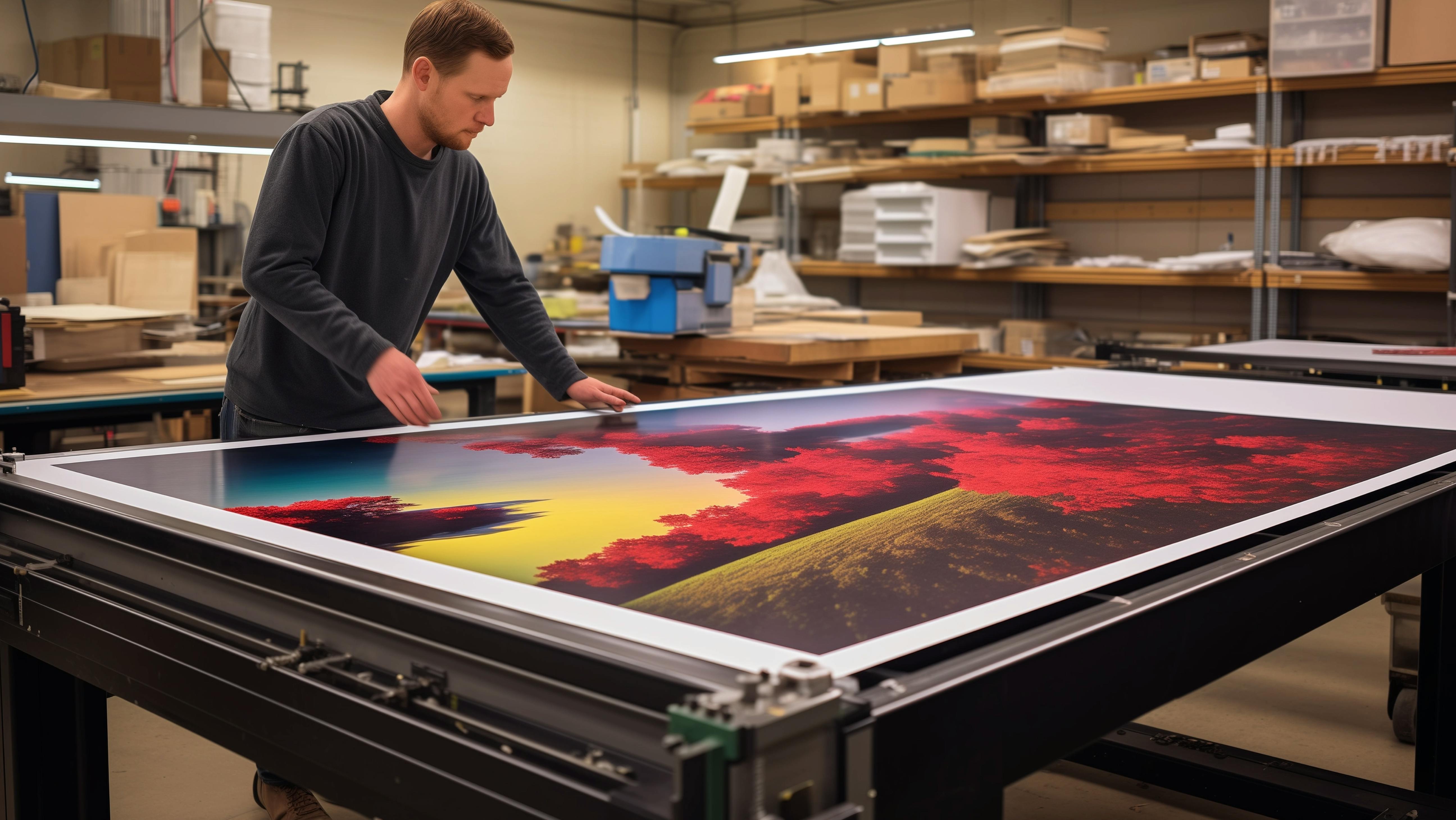Demystifying Giclée Prints: A Guide for Art Enthusiasts

In the world of art, terms like "limited edition" and "original prints" can be confusing. But fear not, art lovers! Today, we're diving into the fascinating realm of giclée prints, a popular choice for both artists and collectors.
What is a Giclée Print?
Pronounced "zhee-clay," the word "giclée" comes from the French verb "gicler," meaning "to spray." This aptly describes the printing process, where a high-resolution inkjet printer sprays microscopic droplets of ink onto archival paper or canvas.
Think of it as the digital evolution of traditional screen printing. Giclée technology allows for incredibly precise color reproduction and detail, creating prints that are virtually indistinguishable from the original artwork.
Why Choose a Giclée Print?
There are many reasons why giclée prints have become popular over the years:
- High Quality: Giclée prints offer exceptional sharpness, color accuracy, and vibrancy. The ink pigments are lightfast and archival, meaning they won't fade or deteriorate over time.
- Versatility: Giclée printing can be used on various surfaces, including canvas, watercolor paper, and even metal. This opens up a world of possibilities for artists and collectors.
- Limited Editions: Giclée prints can be produced in limited editions, making them more valuable and collectible. Each print is typically numbered and signed by the artist, adding to its exclusivity.
- Accessibility: Compared to traditional printmaking methods, giclée printing is more affordable and accessible for both artists and collectors. This makes high-quality art more readily available to everyone.
Things to Consider When Buying Giclée Prints
- Paper or Canvas: Choose the material that best suits the artwork and your display preferences. Canvas offers a textured, painterly look, while paper provides a smoother, more traditional print feel.
- Edition and Signature: Look for prints that are numbered and signed by the artist. This ensures authenticity and adds value to the piece.
- Paper Quality: Archival-quality paper is essential for ensuring the longevity of your print. Check for certifications like "acid-free" and "museum-quality."
- Printer and Ink: Reputable printers use high-quality inks and printers specifically designed for giclée printing.
Giclée prints offer a fantastic way to own and enjoy art. By understanding the process and knowing what to look for, you can make informed choices and add beautiful pieces to your collection.
Bonus Tip: When in doubt, ask! Galleries and printmakers are usually happy to answer your questions about giclée prints and help you find the perfect piece for your home.
Happy collecting!